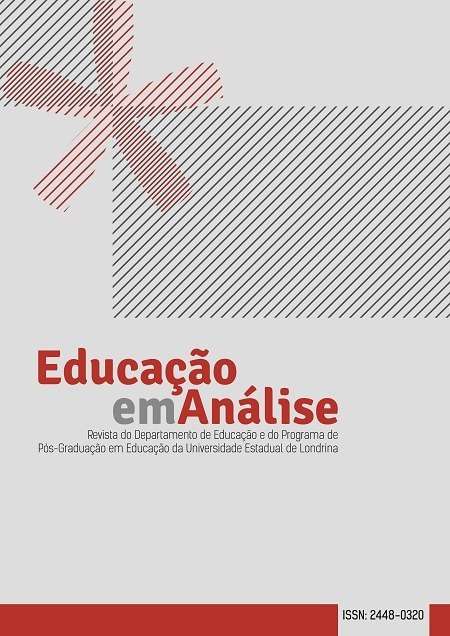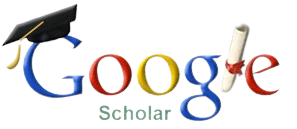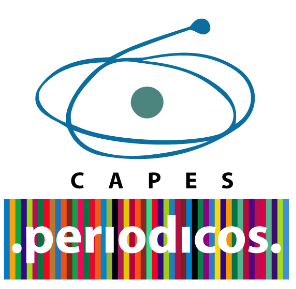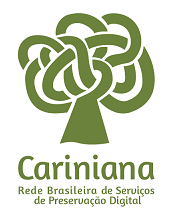Snow White and the cultured man
DOI:
https://doi.org/10.5433/1984-7939.2020v5n1p201Keywords:
Children's literature, Fairy tale, Cutured man.Abstract
Fairy tales, also called Fantastic Stories or Magic Tales, are narratives that are part of the folkloric literary, propagated through generations. In addition to expressing the culture of a people and an time, its propagation is fundamental for the collective and social development of men. This work aims to analyze how the culture of the cultured man produces different understandings from the literary work Snow White, written by the brothers Jacob and Wilhelm Grimm. For this purpose, the Brazilian version contained in the book Grimm's Tales, translated by Heloísa Jahn and published in 1996 by the publisher Companhia das Letrinhas, was used. In the course of the analysis, three configurations of looks for a written work will be demonstrated: its graphic aspects, the intersemiotic relationship between the text and the illustration, and its intertextuality. Each of these analyzes, by themselves, will indicate different degrees of appropriations of the literary culture. Through documentary research based especially on Bettelheim's psychoanalytical analyzes, we seek to discover how contact with the author's written, academic or literary productions can give the story a unique and singular interpretation in relation to the stepmother, stepdaughter and her disputes, but also to discuss the understanding of the concept of cultured man.Downloads
References
CAMARGO, L. A relação entre imagem e texto na ilustração de poesia infantil. [São Paulo: Unicamp, 2019]. Disponível em: https://www.unicamp.br/iel/memoria/Ensaios/poesiainfantilport.htm. Acesso em: 25 nov. 2019.
CHARAUDEAU, P.; MAINGUENEAU, D. Dictionnaired'analyse du discours.Paris: Seuil, 2002.
COUTINHO, A. Notas de teoria literária. 2. ed. Rio de Janeiro: Civilização Brasileira, 1978.
GRIMM, J.; GRIMM, W. Branca de Neve. In: GRIMM, J.; GRIMM, W. Contos de Grimm. São Paulo: Companhia das Letrinhas, 1996. v. 4, p. 47-63.
LANE, M. Picturing a rose: a way of looking at fairy tales. New York: H. W. Wilson, 1993.
LUBETSKY, M. J. The magic of fairy tales: psychodynamic and developmental perspectives. Child psychiatry and human development, New York, v. 19, n. 4, p. 245-255, 1989.
ROBINSON, O. Rymes and reasons in the Grimms Kinder und hausmarchen. The German Quarterly, Philadelphia, v. 77, n. 1, p. 47-58, 2004.
SCHNEIDER, R. E. F.; TOROSSIAN, S. D. Contos de fadas: de sua origem à clínica contemporânea. Psicologia em Revista, Belo Horizonte, v. 15, n. 2, p. 132-148, ago. 2009. Disponível em: http://pepsic.bvsalud.org/pdf/per/v15n2/v15n2a09.pdf. Acesso em: 5 jul. 2018.
TOLKIEN, J. R. R. Árvore e folha. São Paulo: Martins Fontes, 2013.
Downloads
Published
How to Cite
Issue
Section
License
Copyright (c) 2020 Educação em Análise

This work is licensed under a Creative Commons Attribution 4.0 International License.
Os artigos publicados na Revista Educação em Análise estão sob a Licença Creative Commons Atribuição 4.0 Internacional, garantindo Acesso Aberto. Deste modo, os autores mantêm os direitos autorais de seus trabalhos e, em caso de republicação, solicita-se que indiquem a primeira publicação nesta revista. Essa licença permite que qualquer pessoa leia, baixe, copie e compartilhe o conteúdo, desde que a devida citação seja feita. Além disso, autoriza a redistribuição, adaptação e criação de obras derivadas em qualquer formato ou meio, incluindo uso comercial, desde que a atribuição à revista seja mantida.
A revista se reserva o direito de efetuar, nos originais, alterações de ordem normativa, ortográfica e gramatical, com vistas a manter o padrão culto da língua e a credibilidade do veículo. Respeitará, no entanto, o estilo de escrever dos autores. Alterações, correções ou sugestões de ordem conceitual serão encaminhadas aos autores, quando necessário.
As opiniões emitidas pelos autores dos artigos são de sua exclusiva responsabilidade.
























